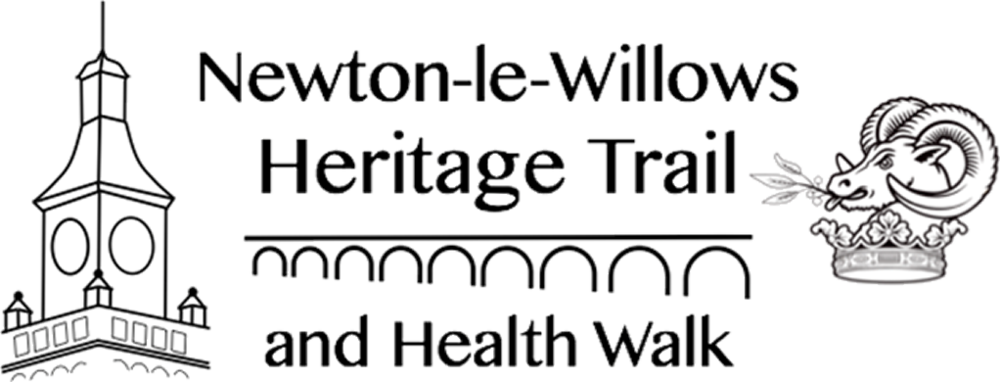Sankey Sugar
The photograph shows barges on the These Works were established in the year 1855, the buildings being erected by Thomas Stone a local contractor. Sugar refininghere was commenced on October 21st in that year, by Messrs. Alfred Turner, Birley, Cadogan and Mounsey.
Many of the workers were housed in a square of houses nearby called Vitriol Square. The name Vitriol Square comes from a previous occupant of the canal side site, namely James Muspratt’s Vitriol Works. The sugar works closed in 1979 being an early victim of E.U. restrictions on sugar cane imports.
War Memorial Hospital
The picture here is of the foundation stone being laid by R.W.D. Legh and Lionel E. Pilkington on 15th September 1923. This followed a parade from the Town Hall to site by the British Legion, Police, Prince of Wales Volunteers, Councillors and Veterans of the Great War. The hospital opened in 1925 and later became Sims Ward when the Isolation Hospital (opened in 1912) and the War Memorial Hospital merged after WWII to form the Cottage Hospital. The Cottage Hospital has recently been subject to a substantial rebuild and modernisation programme, providing a state-of-the-art facility for the local community.
Muspratt’s Works
In 1832-4 James Muspratt established a chemical works besides the Sankey Canal to manufacture Vitriol (Sodium Carbonate) by means of the Leblanc Process. This process was inefficient, producing two tons of waste for every ton of Vitriol. The waste, known as Galligu, was piled high and became known locally as the “Mucky Mountains”. The process also released large amounts of Hydrogen Chloride toxic gas into the atmosphere. Lawsuits from local land owners followed and despite Muspratt erecting one of the tallest chimneys in the country (400 feet high) to try and reduce the problem, the lawsuits continued. The works were closed in 1851 and the chimney was demolished in 1925.
Vitriol Square
The small community of Vitriol Square was built by James Muspratt to house the workers at his nearby Vitriol Works. The square had buildings on three sides and as well as cottages it also contained a school, shop and mill. The houses were later bought by the Sankey Sugar Company. By modern standards they were small, damp and lacked the most basic facilities. The residents lobbied the Council, who, in 1956 decided that they were not fit for habitation and needed to be demolished.




